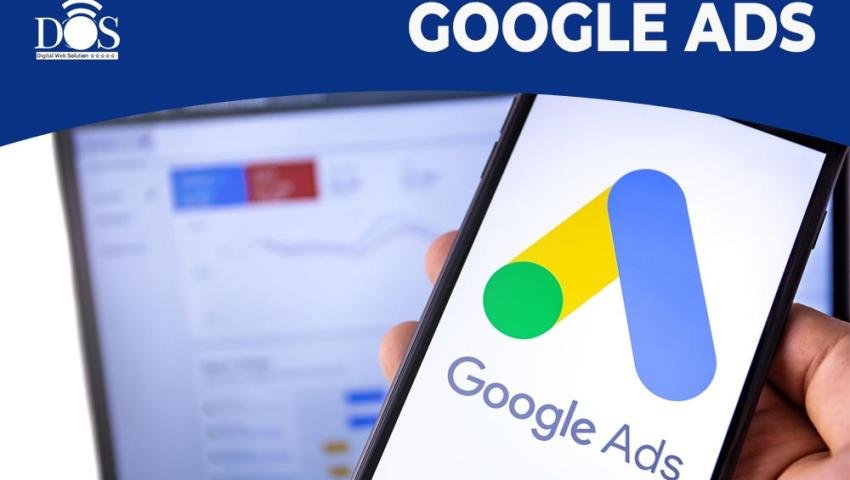
Google Ads Management: Maximize ROI with Smart Advertising Strategies
Google Ads Management optimizes campaigns, keywords, and budgets to boost visibility, drive quality traffic, and maximize ROI.
Google Ads Management: How to Maximize ROI with Smart Advertising
In today's digital world, businesses need an effective way to reach their target audience quickly. Google Ads Management is a powerful tool that allows businesses to promote their products and services to potential customers at the right time. Whether you're looking to increase website traffic, generate leads, or boost sales, a well-optimized Google Ads campaign can help you achieve your goals.
What is Google Ads Management?
Google Ads Management involves creating, optimizing, and monitoring paid ad campaigns on Google Search, Display Network, YouTube, and other Google platforms. It ensures that your ads are shown to the right audience, at the right time, while managing costs effectively to maximize return on investment (ROI).
Key Benefits of Google Ads Management
- Instant Visibility – Appear at the top of Google search results immediately.
- Targeted Advertising – Reach users based on keywords, location, demographics, and interests.
- Cost Control – Set a budget that fits your business needs and only pay for actual clicks.
- Measurable Results – Track ad performance with real-time analytics.
- Higher Conversions – Attract ready-to-buy customers and increase sales.
Key Components of a Successful Google Ads Campaign
1. Keyword Research and Selection
Choosing the right keywords ensures that your ads appear for relevant searches. Focus on high-intent keywords that match your audience’s needs while avoiding irrelevant or overly competitive ones.
2. Compelling Ad Copy
A well-written ad should be clear, engaging, and action-driven. Use strong headlines, persuasive descriptions, and a clear call-to-action (CTA) to attract clicks.
3. Landing Page Optimization
Your ad should direct users to a high-converting landing page that is relevant to the ad content, mobile-friendly, and designed to capture leads or drive sales.
4. Bidding Strategy and Budgeting
Google Ads offers different bidding options such as Cost-Per-Click (CPC), Cost-Per-Mille (CPM), and Cost-Per-Acquisition (CPA). Choosing the right strategy helps manage costs while maximizing results.
5. Ad Extensions
Using sitelinks, callouts, structured snippets, and call extensions enhances ad visibility and encourages users to take action.
6. Performance Tracking and Optimization
Regularly monitoring and adjusting campaigns ensures better results. A/B testing, analyzing click-through rates (CTR), conversion tracking, and adjusting bids are essential for ongoing optimization.
Best Practices for Google Ads Management
- Use negative keywords to prevent irrelevant traffic and save budget.
- Optimize for mobile users, as a large portion of traffic comes from smartphones.
- Leverage remarketing to re-engage visitors who have previously interacted with your site.
- Schedule ads strategically to reach users at peak engagement times.
- Continuously test and refine ad copy, landing pages, and targeting strategies.
Final Thoughts
Google Ads Management is a powerful way to drive traffic, increase conversions, and grow your business. By optimizing campaigns with the right keywords, ad copy, and bidding strategies, you can ensure your advertising budget is well spent. Whether you’re a small business or an established brand, an effective Google Ads strategy can help you achieve your marketing goals faster.
Purva Kumari
Leave a comment
Your email address will not be published. Required fields are marked *


